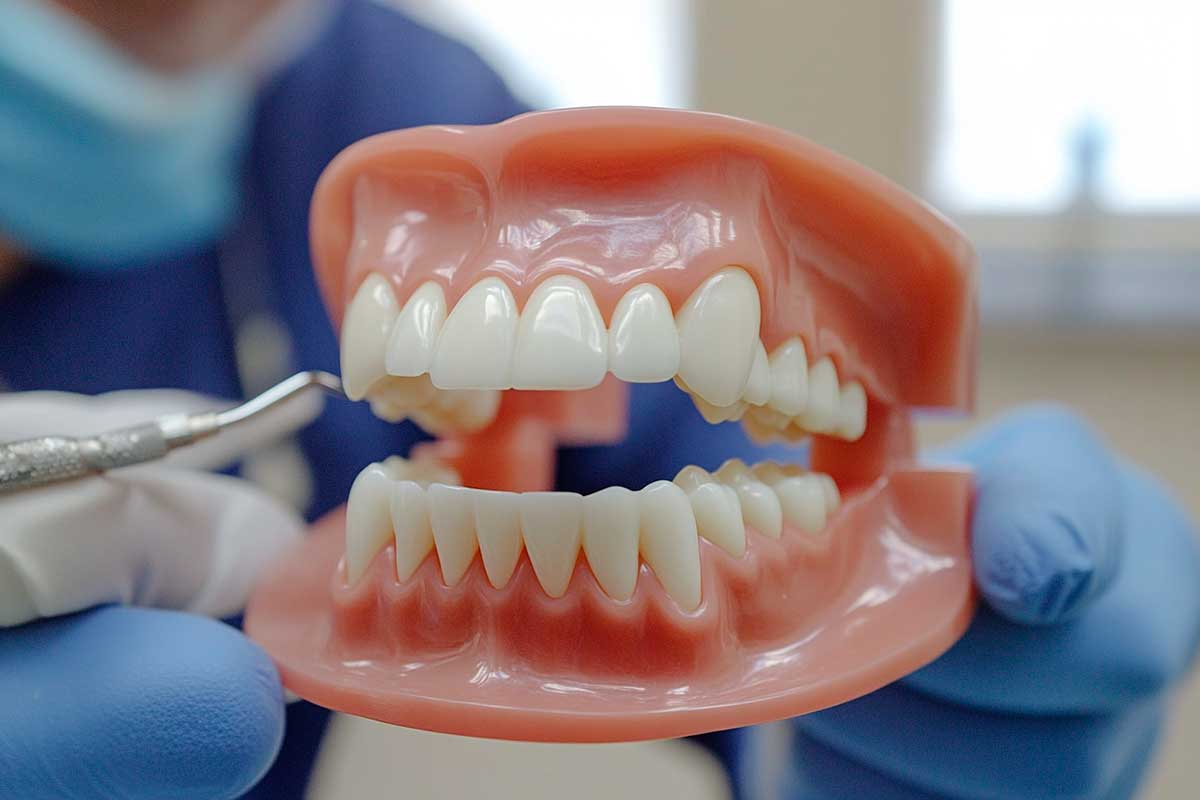
TMJ
TMJ Disorder Treatment: Everything You Need to Know
What is TMJ Disorder Treatment?
TMJ disorder treatment is a series of procedures aimed at relieving and correcting problems in the temporomandibular joint (TMJ) and the muscles that control jaw movements. TMJ disorder can cause jaw pain, difficulty chewing, headaches, clicking sounds when opening the mouth, and even neck and shoulder pain. The goal of treatment is to reduce these symptoms, improve joint function, and prevent long-term damage.
Treatments can range from conservative approaches, such as physical therapy and the use of oral devices, to more complex interventions like surgery. The appropriate treatment depends on the severity of the symptoms and the underlying causes of the disorder. A Dentist or TMJ specialist will evaluate the patient's condition to determine the best treatment plan.
How is the Procedure Done and What is Its Purpose?
The procedure for treating TMJ disorder typically begins with a detailed evaluation of the temporomandibular joint and surrounding muscles. The healthcare professional may recommend imaging tests, such as X-rays or MRIs, to get a clearer view of the condition. Based on the results, treatment may include a combination of therapies, such as physical therapy, occlusal adjustments (bite correction), the use of bite splints or oral devices, and in more severe cases, surgery.
The primary purpose of TMJ treatment is to relieve pain, restore normal jaw function, and improve the patient's quality of life. Additionally, the treatment aims to prevent the progression of the disorder, avoiding complications such as excessive tooth wear, hearing problems, and sleep disturbances. With proper treatment, many patients experience significant symptom reduction and can resume their daily activities without discomfort.
What are the Types of TMJ Treatment?
There are various types of treatment for TMJ disorder, and the choice of method depends on the cause and severity of the condition. Conservative treatments include physical therapy, which helps strengthen the muscles around the jaw and improve range of motion, and the use of oral devices, such as bite splints, which can relieve pressure on the joint. Behavioral therapies, such as relaxation techniques and counseling, can also be effective in reducing stress that may exacerbate symptoms.
In more severe cases, invasive treatments may be necessary. This can include corticosteroid injections to reduce inflammation in the joint or surgery to correct severe misalignments or repair structural damage to the TMJ. Additionally, medication treatment with pain relievers, anti-inflammatories, and muscle relaxants can be used to alleviate pain and muscle tension associated with TMJ disorder.
What are the Advantages of TMJ Treatment?
One of the main advantages of TMJ treatment is the significant improvement in the patient's quality of life. By relieving pain and discomfort, treatment allows patients to return to daily activities such as eating, talking, and sleeping without discomfort. Additionally, treatment helps prevent serious complications, such as tooth wear, chronic pain, and problems associated with muscle stress.
Another advantage is the ability to customize treatment according to the individual needs of each patient. Since TMJ disorder can have different causes and manifestations, a tailored treatment plan allows specific symptoms to be addressed effectively. This increases the chances of success and a faster recovery.
How Long Does TMJ Treatment Last?
The duration of TMJ treatment can vary widely depending on the severity of the disorder and the type of treatment chosen. Conservative treatments, such as physical therapy and the use of oral devices, can last from a few weeks to several months, with gradual improvements in symptoms. More invasive treatments, such as surgery, may require a longer recovery period, followed by physical therapy sessions and medical follow-up.
It is important that the patient strictly follows the healthcare professional's recommendations to ensure the effectiveness of the treatment. Even after the treatment is completed, it may be necessary to continue with certain preventive practices, such as specific exercises or using bite splints at night, to maintain results and prevent relapses.
Frequently Asked Questions About TMJ Treatment
Who is the right professional to treat TMJ disorder?
TMJ disorder treatment is usually conducted by dentists specialized in temporomandibular disorders, oral surgeons with specialization in orofacial pain, or even physical therapists specialized in temporomandibular joint dysfunctions. Depending on the severity of the case, treatment may involve a multidisciplinary team, including doctors, psychologists, and otolaryngologists.
Can orthodontic appliances help in treating TMJ disorder?
Yes, in some cases, orthodontic appliances can help correct bite problems that contribute to TMJ disorder. Proper alignment of the teeth can reduce tension in the temporomandibular joint and improve chewing function, relieving symptoms of the disorder.
Is TMJ disorder curable?
While TMJ disorder may not have a definitive cure, symptoms can be effectively managed with appropriate treatment. Many patients can live without significant pain or discomfort after treatment, although periodic adjustments and ongoing preventive practices may be necessary.
What are the signs that I should seek treatment for TMJ disorder?
If you are experiencing jaw pain, clicking sounds when opening your mouth, difficulty chewing, frequent headaches, or pain in your shoulders and neck, it is recommended to seek a healthcare professional specialized in TMJ disorder. The earlier the disorder is diagnosed and treated, the better the chances of successful treatment.
Is TMJ treatment painful?
TMJ treatment is not typically painful. Procedures like physical therapy and the use of oral devices are generally well-tolerated by patients. Even in cases that require surgery, discomfort can be managed with anesthesia and pain medication.